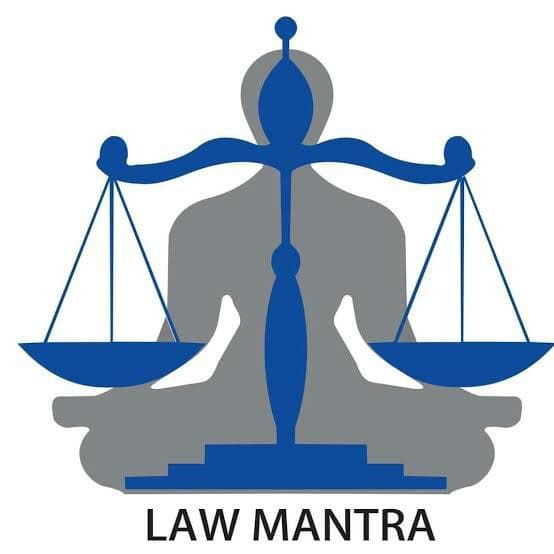The doctrine or the rule of harmonious construction is adopted when there is a conflict between two or more statues or between the parts or provisions of the statues. As per this doctrine the courts try to avoid conflicts between the provisions of the statutes. The doctrine follows a very simple rule that every statute has made for a purpose and specific intent as per law and it should be read as a whole and interpreted accordingly. Thus the provisions are so interpreted that the conflict between the two statues or its provisions is avoided and each of them is given effect. For this purpose, the scope and meaning of one may be restricted so as to give meaning also to the other. So, The aim of the courts are:- i) An interpretation which makes the enactment consistent . ii) A construction which avoids inconsistency or repugnancy between the various sections or parts of the statute. However, in the case in which it shall be impossible to harmonize both the provisions, the court’s decision shall prevail.
According to Kelly:
“Constitutional provisions should not be construed in isolation from all other parts of the Constitution, but should be construed as to harmonize with those other parts. When there are two provisions in a statute, which are in apparent conflict with each other, they should be interpreted such that effect can be given to both and that construction which renders either of them inoperative and useless should not be adopted except in the last resort.
As explained by the Supreme Court, “When there are, in an enactment two provisions which cannot be reconciled with each other, they should be so interpreted, that if possible, effect should be given to both”. A construction which makes one portion of the enactment a dead letter should be avoided since harmonization is not equivalent to destruction.
This principle is illustrated in the case of Raj Krushna Bose vs Binod Khanungo & others. In this case, two provisions of Representation of People Act, 1951, which were in apparent conflict, were brought forth. Section 33 (2) says that a Government Servant can nominate or second a person in election but section 123(8) says that a Government Servant cannot assist any candidate in election except by casting his vote. The Supreme Court observed that both these provisions should be harmoniously interpreted and held that a Government Servant was entitled to nominate or second a candidate seeking election in State Legislative assembly. This harmony can only be achieved if Section 123(8) is interpreted as giving the government servant the right to vote as well as to nominate or second a candidate and forbidding him to assist the candidate in any other manner. The court stated that “It is usual, when one section of an Act takes away what another confers, to use a non obstante clause and say that “notwithstanding anything contained in section so and so, this or that will happen”, otherwise, if both sections are clear, there is a head-on clash. It is the duty of courts to avoid that and, whenever it is possible to do so, to construe provisions which appear to conflict so that they harmonize.”
In the words of the Apex court, the courts should avoid “ahead on clash”. The consistency should be presumed and it should not be assumed that what is given with one hand by the legislature would be taken away by the other provision. The principle of Harmonious Construction should be applied to statutory rules and courts should avoid absurd or unintended results. It should be in consonance with the intention of Rule makers. Rule of Harmonious construction is applicable to subordinate legislature also.
The Supreme Court laid down five principles of rule of Harmonious Construction in the landmark case of CIT v Hindustan Bulk Carriers:
The courts must avoid a head on clash of seemingly contradicting provisions and they must construe the contradictory provisions so as to harmonize them. It means that the courts should interpret the true meaning of the provisions by reading the intention of the law maker in order to avoid clash among the contradictory provisions.
The provision of one section cannot be used to defeat the provision contained in another unless the court, despite all its effort, is unable to find a way to reconcile their differences. In such case, the Court’s decision shall be binding.
When it is impossible to completely reconcile the differences in contradictory provisions, the courts must interpret them in such a way that effect would be given to both. It means not to make any provision void or to destroy it.
Courts must also keep in mind that interpretation that reduces one provision to a useless number or a dead lumbar is not harmonious construction. Both the contradictory provisions should remain effective.
To harmonize is not to destroy any statutory provision or to render it ineffective.
Conclusion
The courts in every case harmonize the contradictory provisions by interpreting not only the provisions but also the original intention of the law or rule maker in order to give effect to both the provisions and ensure not to make any of the two provisions void or to destroy it.
BY: ANKIT RAJPUT
